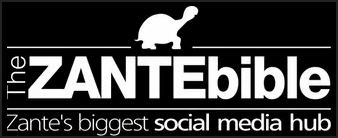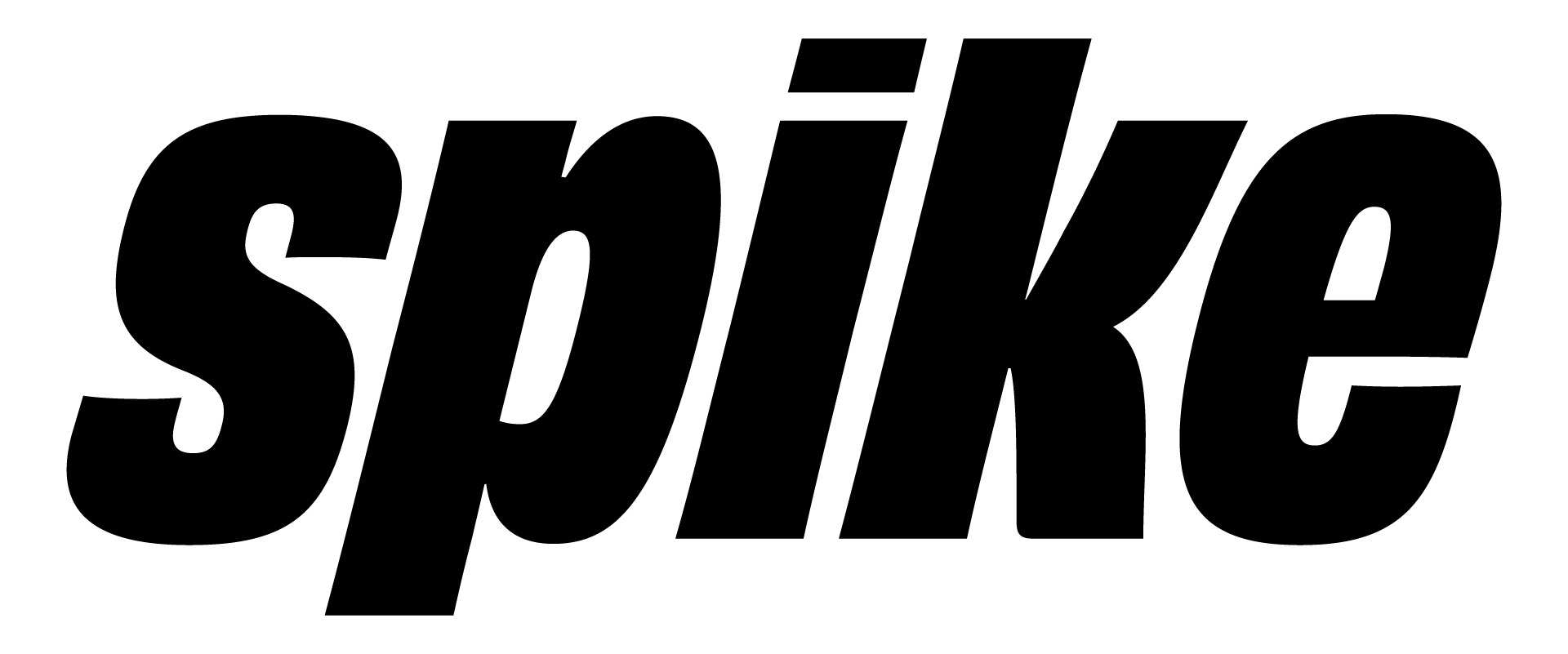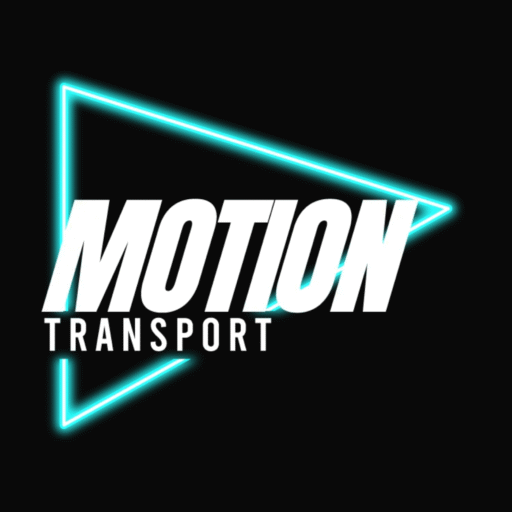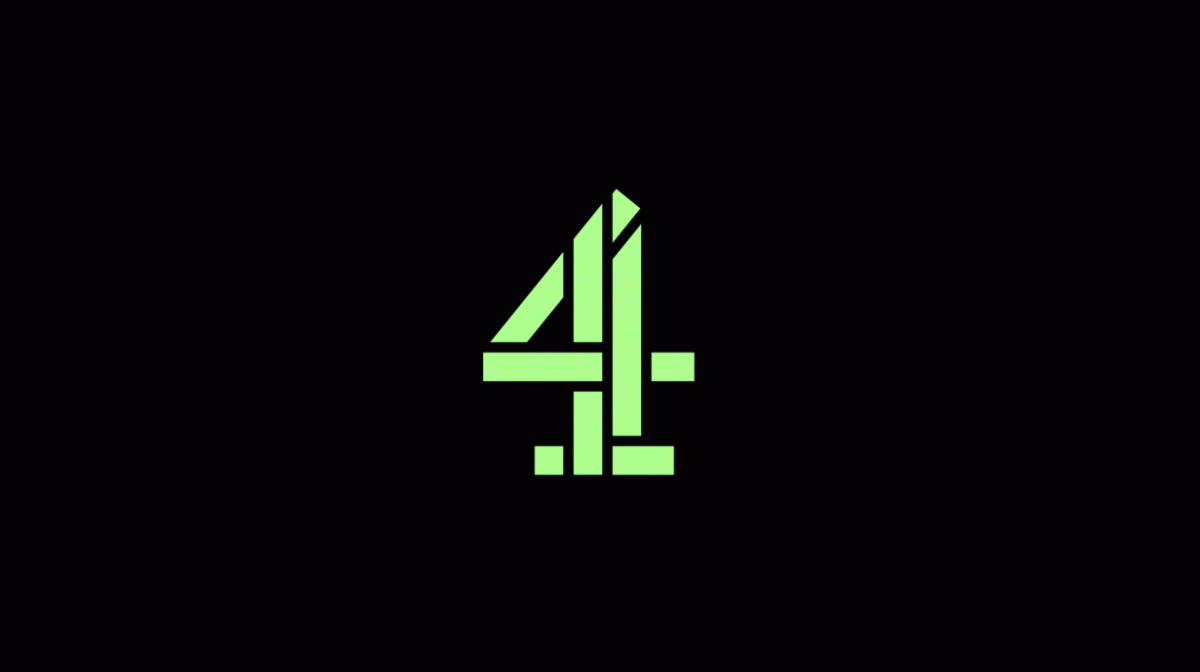Background
Eyetrackshop conducted this study with the aim of discovering whether it is more effective to have multiple ads or just a single ad on a page. Opposing two different techniques, used by different advertisers, was a useful method to help the researcher understand how the view and the experience of the users are affected.
EyeTrackShop is a multiple award-winning services and software company that delivers fast and actionable insights for optimising communication and design. Our innovative biometric web-based eye tracking technology has become a major force in revolutionizing how communication can be better targeted at consumers by knowing what is seen and not seen. We are specialists in market research and have assembled a world class team with extensive experience.
Strategy
The study has been conducted through thetelegraph.co.uk where two banners, displaying an ad for Barclays Bank, were positioned. Thanks to Eyetrackshop’s technology, it was possible to understand where people look on the screen and in what positions the ads are more effective. The survey was conducted among groups of people between the age of 18 and 50. Respondents, who are rewarded for their participation by the panel company, were recruited from web panels and represented the target group. Before calibrating their eye/web camera, respondents were asked permission to access it.
Implementation
During the test the respondents gaze was tracked through the web camera. Stimuli, which are followed by a questionnaire, were shown at the respondents computer screen and they look at them spontaneously.
Results
The study revealed that the 90% of the respondents saw the first banner and spent 4.5 seconds looking at it, while the second one was seen by only 13% of the respondents who looked at it just for 1 second. Thanks to this technology Barclays Bank were not only be able to understand where and for how long respondents looked at the ads, but also it revealed the order in which they looked at every section of the page, discovering that the main banner was the first thing they looked at.
The final questionnaire showed Barclays Bank that 13% of the respondents felt that the ad actually improved their opinion of the brand and they had an increased interest in using it. It also gave the impression that what was said about the brand was worthwhile.







